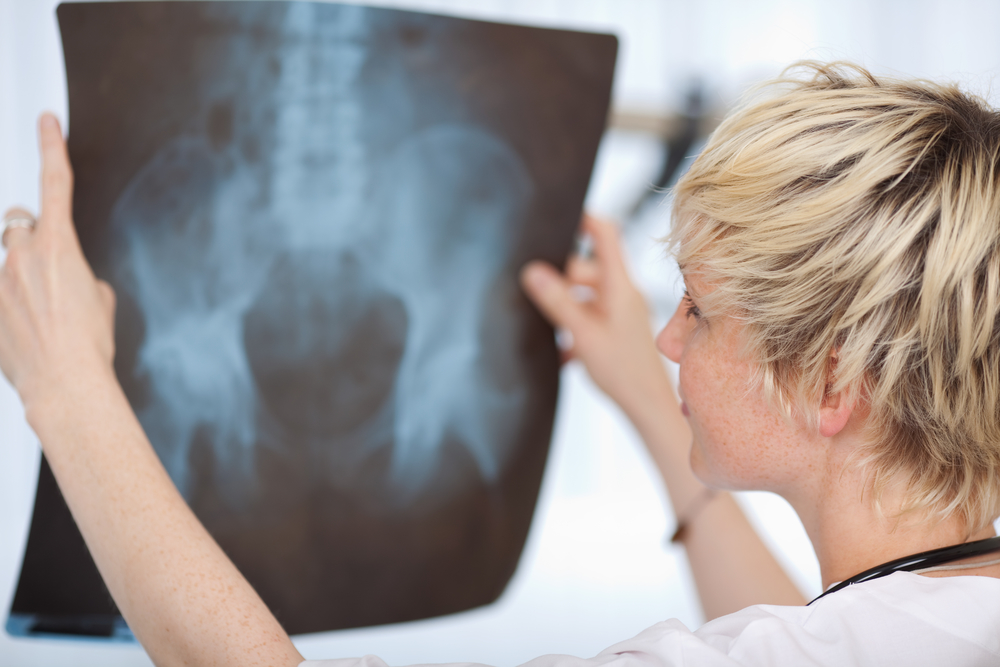6 Ways to Reduce the Likelihood of a Joint Replacement
 Joint replacements are relatively common among senior citizens, with hip and knee replacements being the most common. These joints take a great deal of strain and absorb a lot of impact, even during everyday activities like walking. Over time, these joints naturally begin to wear down, which may eventually lead to a necessary joint replacement. However, there are a few things that you can do that can help to protect and support your joints, and reduce your likelihood of ever needing this surgery. Here are a few tips.
Joint replacements are relatively common among senior citizens, with hip and knee replacements being the most common. These joints take a great deal of strain and absorb a lot of impact, even during everyday activities like walking. Over time, these joints naturally begin to wear down, which may eventually lead to a necessary joint replacement. However, there are a few things that you can do that can help to protect and support your joints, and reduce your likelihood of ever needing this surgery. Here are a few tips.
Consider Losing Weight
If your doctor says that it is safe for you to lose weight, considering your current health, then doing so can help to reduce strain on your joints and prolong their natural life. Joints like hips and knees are load-bearing joints; the greater the load they bear, the earlier they’re going to wear out. If you reduce their load by losing weight, then you can help these joints to last longer without needing a replacement.
Exercise More
Obviously, exercise can be an important part of losing weight, as mentioned above. However, exercising more can have other benefits for your joints as well, regardless of whether or not you’re losing weight while doing it. Exercise strengthens the muscles surrounding your joints, enabling them to help bear more of the strain of your everyday movements. Stronger muscles mean less work for your joints, and an easier workload means a longer life.
However, if you already experience joint pain or other joint-related problems, it is important that you avoid high-impact exercises like running. Focus instead on activities like swimming, water aerobics, Pilates, yoga, cycling, or elliptical trainers. And don’t forget to hit the weights from time to time to strengthen those muscles even further.
Ask about Medications
No, medications can’t undo any damage already done to your joints. However, they can reduce inflammation in your joints, which may help to prevent or reduce the amount of damage that such inflammations can cause. Additionally, medications will ease any existing pain and discomfort in your joints, enabling you to engage in activities and exercises that can help protect your joints, as described above.
Consider Physical Therapy
Like exercise, physical therapy can be a great way to strengthen the muscles that support your joints, providing them with extra stability and support, and reducing long-term damage to the joints. If you don’t quite feel up to an independent exercise regimen, you may want to talk to your doctor about physical therapy options.
A physical therapist can provide you with targeted exercises that will help to strengthen those joint-supporting muscles. For example, if you’re focusing on reducing strain on your knee joints, a physical therapist might provide you with some guided exercises that target the quadriceps. These are the muscles that provide the most support to the knee, and strengthening them can reduce your odds of needing a knee replacement in the future.
Ask about Injections
Another option to consider is asking your doctor about injections that can help to relieve joint pain, or even help to protect your joints from damage. There are a few different types of injections available to deal with joint problems. Here are a few you might want to ask about:
- Corticosteroids – These injections help to reduce inflammation. As with medications, this can prevent some damage caused by the inflammation itself, while also reducing pain and discomfort, enabling you to exercise and protect your joints in other ways.
- Viscosupplementation – This type of injection is actually a long-term therapy. With this treatment, you’ll receive injections of hyaluronic acid into the impacted joint; this fluid mimics the fluids that are naturally found around your joints, and will provide them with additional shock absorption to prevent damage.
Use a Mobility Aid
Everyday activities can place more strain on your joints than you realize. Oftentimes, using a mobility aid like a walker or cane can take some of the strain off your load-bearing joints, helping them to last longer and prevent excessive damage. You might also consider purchasing a brace for whichever joints give you the most trouble; for example, a knee brace can provide your knee with some much-needed assistance and improved mobility.
If you’re looking for a mobility aid or joint support brace, feel free to reach out to any of our Texas stores. If we don’t have what you need in the location nearest you, we’ll have it shipped from one of our other locations for you. Call or stop by today.